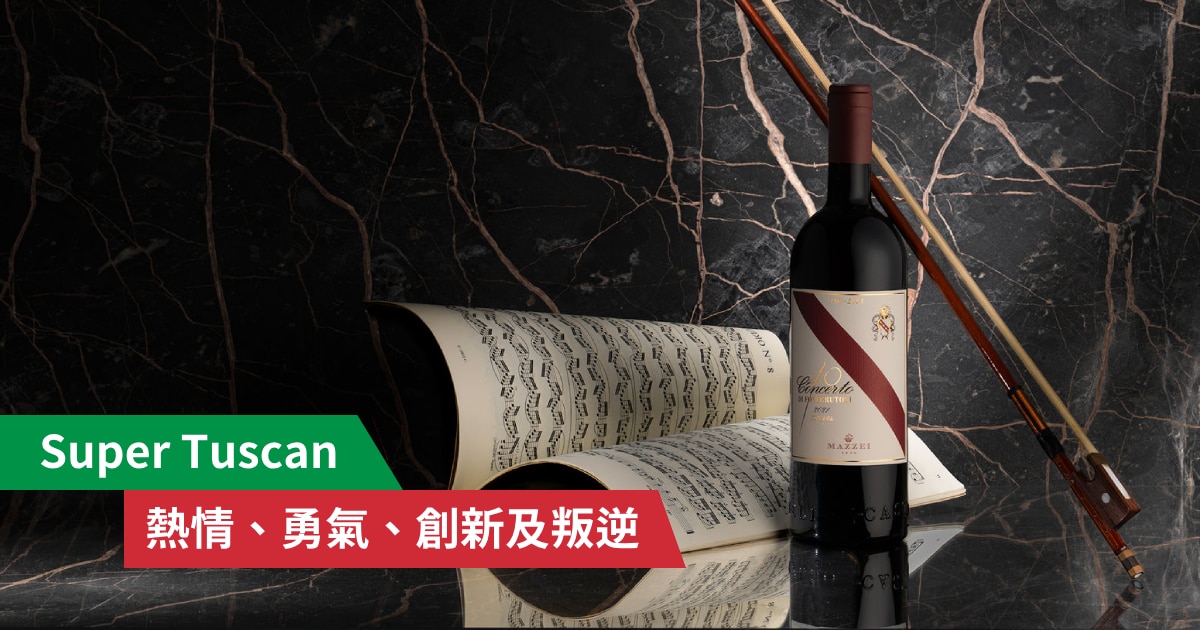In general, Sake can be classified based on its ingredients, rice polishing ratio, and brewing method. However, one may also distinguish them into 4 types by their flavour and aroma properties, namely Kun (aromatic), So (light & smooth), Jun (rich) and Juku (mature).
1. 薰酒 (Kun Shu) -Aromatic style

The aromatic Sake has a flamboyant, pure-and-clear flavour, featuring fruity tastes such as melon and peach, and floral aromatic properties with refreshing tartness. Junmai Daiginjo, Junmai, Daiginjo and Ginjo are typical aromatic Sakes. You may pair them with sashimi, sushi and Japanese pickles.
2. 爽酒 (So Shu) – Refreshing / Light & smooth style
The refreshing type has offers cool taste sensations and smooth flavours. Namazake, Namachozo and Namazume are its representative Sakes. Their style is more approachable to most people, either Sake lovers or beginners. Since it goes well with all sorts of foods, especially greasy food like tempura and skewers, you may explore various food and Sake pairings.

3. 醇酒 (Jun Shu) – Rich style

Rich style Sake offers woodsy and buttery aromas, it offers the savoury umami of the rice and rich flavours. Junmai, Yamahai and Kimoto are the examples of rich style Sake. Other than Japanese cuisines, it is also a perfect pair with buttery or creamy dishes.
4.熟酒 (Juku Shu) – Mature style
Maturation often imparts golden hues to Sake such as Koshu. It is featured by strong and complex aromatic properties, such as spices and nuts. Mature style Sake is round and rich, which go wells with cuisines with strong flavours such as cheese, hot pot and Robatayaki.




 Same Day Pick-up
Same Day Pick-up























